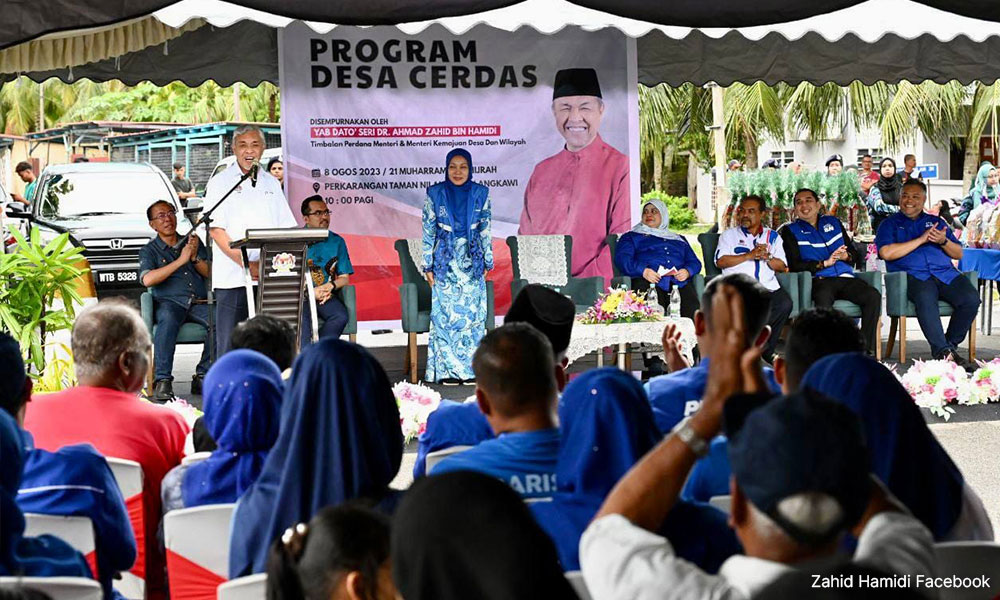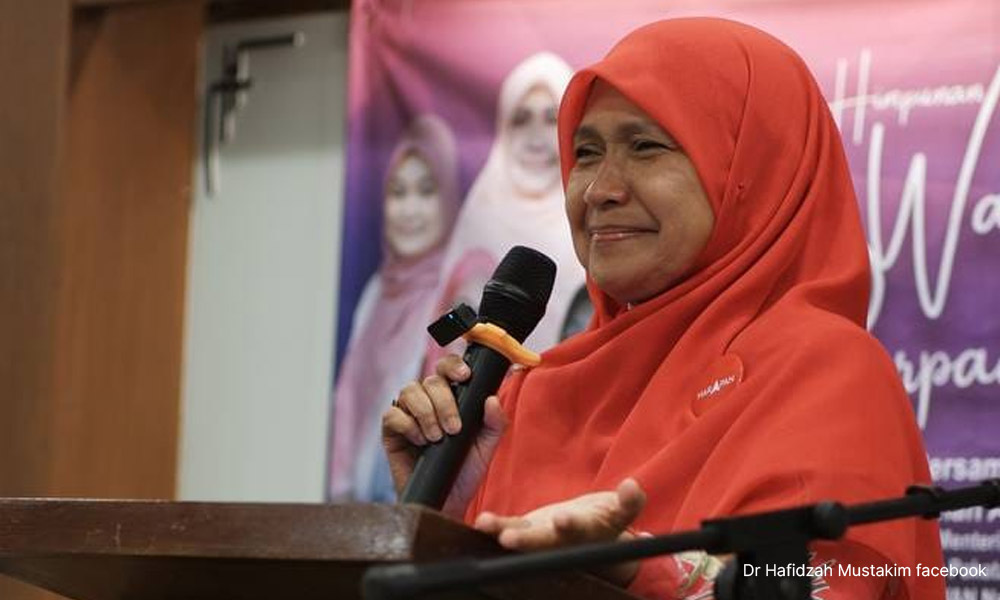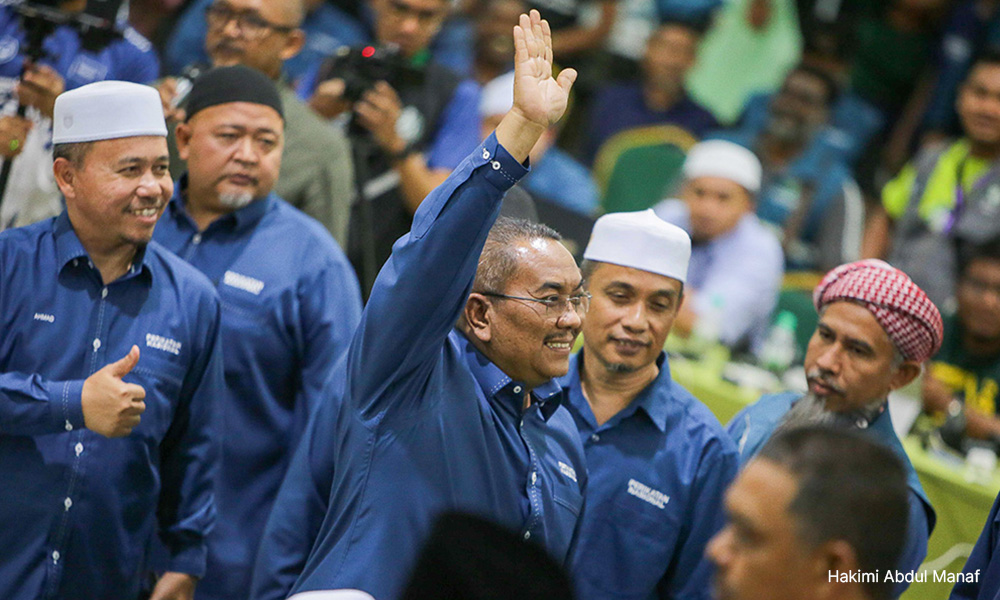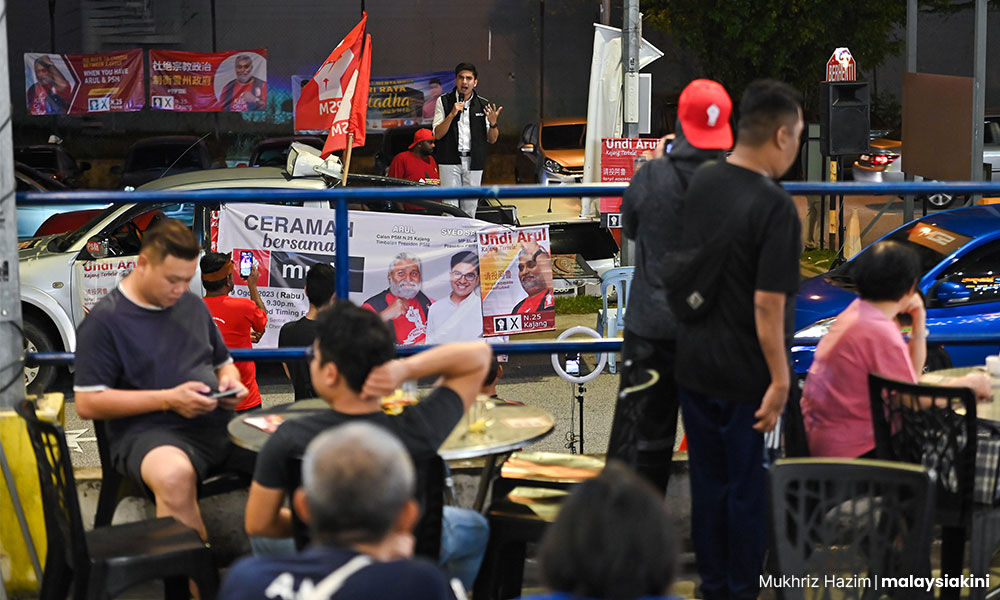The dust is starting to settle from the campaign, although there remains considerable political stomping over the outcome and continued politicking after the election. The question always remains whether politicians and parties will take the right lessons and listen to voters.
From the perspective of those working to understand voting and electoral outcomes, this is also a time for reflection on lessons and listening. This piece discusses field observations from studying and predicting elections.
There is a tendency to see the vote and results as a product of a few explanations, such as the over-interpreted “Green Wave” for example, with most analysts falling into the mode of the politicians to focus on race and religion, or a simple phrase such as “it is the economy stupid”.
While these factors certainly are important, they do not help us understand variation in the results.
Here is where research from the ground matters. I highlight two additional findings:
1) Candidates: while coalitions and their branding dominated the campaign, in many of the close races, candidates were decisive,
2) Local conditions, including the socioeconomic conditions faced by voters in different seats did as well.
Those kerusi panas
For Malaysiakini followers, you may have followed my podcast series that identified hot seats from each of the states holding elections and discussed local dynamics in a selected seat(s).
The seats chosen were contests in Gua Musang, especially Galas and Nengerri, and Kota Lama in Kelantan; Telumung and Cukai in Terengganu; Kuala Kuba Bharu and Hulu Kelang in Selangor; Juasseh, Klawang, Sungai Lui, and Gemas in Negeri Sembilan; Kubang Rotan and Bukit Selambau in Kedah; and Penanti and Pulau Bentong in Penang.
In identifying “hot” seats, two criteria were used: first, areas were identified where the expected contest would be close. Of the 15 seats chosen, ten of these seats changed to another coalition and more than half were a close majority of less than 10 percent, with Juasseh the closest of the seats highlighted at 78 votes.
A second selection criteria was to identify seats that illustrated the battles taking place in this election, such as the inclusion of minorities, tough battles for Malay parties in Harapan or Umno’s erosion of support.

Here, for example, the seat of Bukit Selambau was chosen to highlight the challenge of ethnic inclusion of Indian voters while Cukai highlighted that even in traditionally winnable seats, Umno was losing ground.
Kubang Rotan showed the uphill task that Malay parties faced within Harapan. In Gemas, for example, the impact of the security force vote was clear, favouring the Perikatan Nasional this election as was the case in GE15.
Candidate factor
In looking at the different victories (and losses) in the close seats, the candidate factor stands out.\While former minister and ex-Selangor menteri besar Azmin Ali may polarise voters nationally, he remained popular among many supporters in Gombak.
In interviews conducted on election day in Hulu Kelang, two particular issues stood out for those who voted for him. They are his record of service delivery - especially child services - and the attraction of his local manifesto, which promised no licence fees for hawkers.

Combining populism with his record of programmes, Azmin pipped through with a majority of only 3 percent of the vote.
For Umno candidates Mohd Syahbuddin Hashim in Galas and Rozi Mamat, there were different outcomes.
Kelantan’s Syahbuddin, seen to be hard working and on the ground, managed to secure a majority of 3,337 (or 18 percent of the vote) in Galas. Meanwhile, four-term Rozi in Telemung lost by a mere 295 votes.
In Rozi’s case, he faced two challenges. First, the wave of support for PAS was stronger in Terengganu than in Kelantan. Second, his long tenure made him more vulnerable to youth wanting change, despite his record in the area and popularity. He almost fought the tide.
Similarly, in Penang, the strong candidature of well-respected Ustaz Rohsidi Hussain of PKR was not able to offset the anger of Malay voters in Permatang Pauh in Penang and reverse the over 4,000 vote swing of GE15. He won back only a small share of votes, around 500.
In Kelantan’s Kota Lama, Amanah’s Hafidzah Mustakim won by a mere 202 votes, due in large part to her support among women who recognised her commitment to serving the community.

Quietly, Kelantanese women repeatedly told me that they liked her while I was in Kota Bharu. This issue - the power of women voters - consistently came through in the fieldwork.
Local conditions and machinery
The variation in outcomes also came down to local conditions and machinery.
In Juasseh, former menteri besar Isa Samad’s wife, Bibi Sharliza Mohd Khalid, won by a tiny margin of 78. Umno - and Wanita Umno in particular - campaigned hard in this constituency, another instance where women’s power impacted the result.
Bibi won the seat on her merits and social connections, as a former assemblyperson and Umno party leader in her own right. In Negeri Sembilan, family and clan networks were important in shaping the results.
Comparatively, PKR had weakened machinery in Bukit Selambau, where the expectations of patronage from poorer voters were not supported through campaign finances or access to government resources, contributing to the loss of the seat.
The last-minute selection of the candidate, who was dropped and then reinstated, did not help the party gain traction in the campaign.
While the power of incumbency in the state government and stronger machinery in Kubang Rotan worked in favour of Muhammad Sanusi Md Nor's administration in Kedah, it was not just about the “Sanusi factor” but also the expectations of governmental support from many in vulnerable communities in the state.

Constituencies with more vulnerable populations depend on access to government, an advantage that PN has in the Malay heartland states.
Generally, Pakatan Harapan had weaker and uneven on-the-ground machinery in the state polls, with the exception of some seats in Selangor and DAP seats, where mobilisation offset disgruntlement with the candidate in Kuala Kubu Bharu and the handling of candidate selection in Sungai Pelek.
Weaker machinery in Derga, Kedah, contributed to the loss of this seat but the changed demographics also shaped the results.
PN’s machinery was similarly uneven, especially in Negeri Sembilan, but its campaign was less driven by on-the-ground mobilisation, relying more heavily on social media platform TikTok.
Umno’s machinery lacked the funding and person-power of the past, although where it was more coordinated and less fragmented - such as in Juasseh and Sungai Lui - the party managed to win in close races.
A look at forecasting
Looking from below offers insights into how differences in Malaysian society as well as in-party mobilisation/candidate selection influence outcomes.
They point to other lenses to understand voting - gender, class, urbanisation and generation composition, as well as party dynamics and candidate choice, to name just a few. A complex set of factors need to be used to understand and predict electoral outcomes.

The day before the polls, I released my overall prediction of the results. I listed seats in the two coalitions and too-close-to-call seats for each state.
My predictions were based on my own fieldwork, knowledge of ongoing ground surveys, and composites of statistical simulations of outcomes.
In responding to calls for accountability on predictions, here is the accounting of my prediction by individual seats. The link to the audit can be found here.
I predicted six out of the 245 seats incorrectly, most of these in northern Selangor where I had planned to visit on the last day of the campaign but was logistically not able to make it. All of these seats were decided by close margins.
This was a region where local candidate factors, machinery, and conditions mattered, as the variation in the outcome across northern Selangor shows.
Earlier fieldwork in this area had pointed to the importance of flood assistance for farmers as well as how well the candidate had (or had not) served the ground.
The last-minute campaign machinery push and candidate made a difference in seats like Hulu Bernam, for example.
In my prediction audit, I also found six seats that I assessed as too close to call, where the majority proved larger due to mobilisation and turnout in the last days of the campaign.
Campaigning dynamics do influence the result, with parties and responsive machinery shaping the result.

The remaining seats, 233, were called correctly, although as stated in the notes some of these were closer than expected, highlighting that even on the last day of the campaign swings can happen.
Some voters interviewed remained undecided even as they approached the polling booth, pointing to the competitiveness of the campaign overall and tensions some voters had in making their decision.
Please note that the individual seat forecast was not detailed publicly earlier so as to not influence the results individually, as studies show that forecasting can influence outcomes by discouraging voting, and triggering mobilisation of resources at the last minute, to name a few factors.
The increased use of forecasting and conflicting forecasting, however, reduces these factors compared to the past.
Generally, my approach has been to be more reserved in forecasting, using labels such as too close to call, recognising the fluidity and dynamism of campaigns in the last few days.
My predictions reinforce the need to look at local as well as national trends to understand outcomes, especially variation in outcomes.
A look ahead
There is more work to be done to understand the complexity of how and why Malaysians vote as they do.
With a more demanding and engaged electorate, with different choices in different states, more individual decision-making influenced by social media and emotional appeals, understanding voting and prediction remains challenging and will likely continue to be more so moving forward.
The most important lesson learned is the need to keep relearning and questioning what is known in understanding voting; as Malaysia changes so should the lenses we use to understand voting change as well.
In closing, special thanks to the Malaysiakini team for their excellent work in producing the video for the Kerusi Panas podcast, to Renegade Radio for the stellar audio production, and, especially and most of all, thanks to the scores of voters across the six states that graciously shared their views on politics. - Mkini
READ MORE:
Half cup vote? Reflections on state polls outcome: Part 1
A (still) divided electorate - Reflections on polls outcome: Part 2
BRIDGET WELSH is an honourary research associate of the University of Nottingham’s Asia Research Institute, a senior research associate at Hu Fu Center for East Asia Democratic Studies, and a senior associate fellow at The Habibie Centre. Her writings can be found at bridgetwelsh.com.
The views expressed here are those of the author/contributor and do not necessarily represent the views of MMKtT.




No comments:
Post a Comment
Note: Only a member of this blog may post a comment.